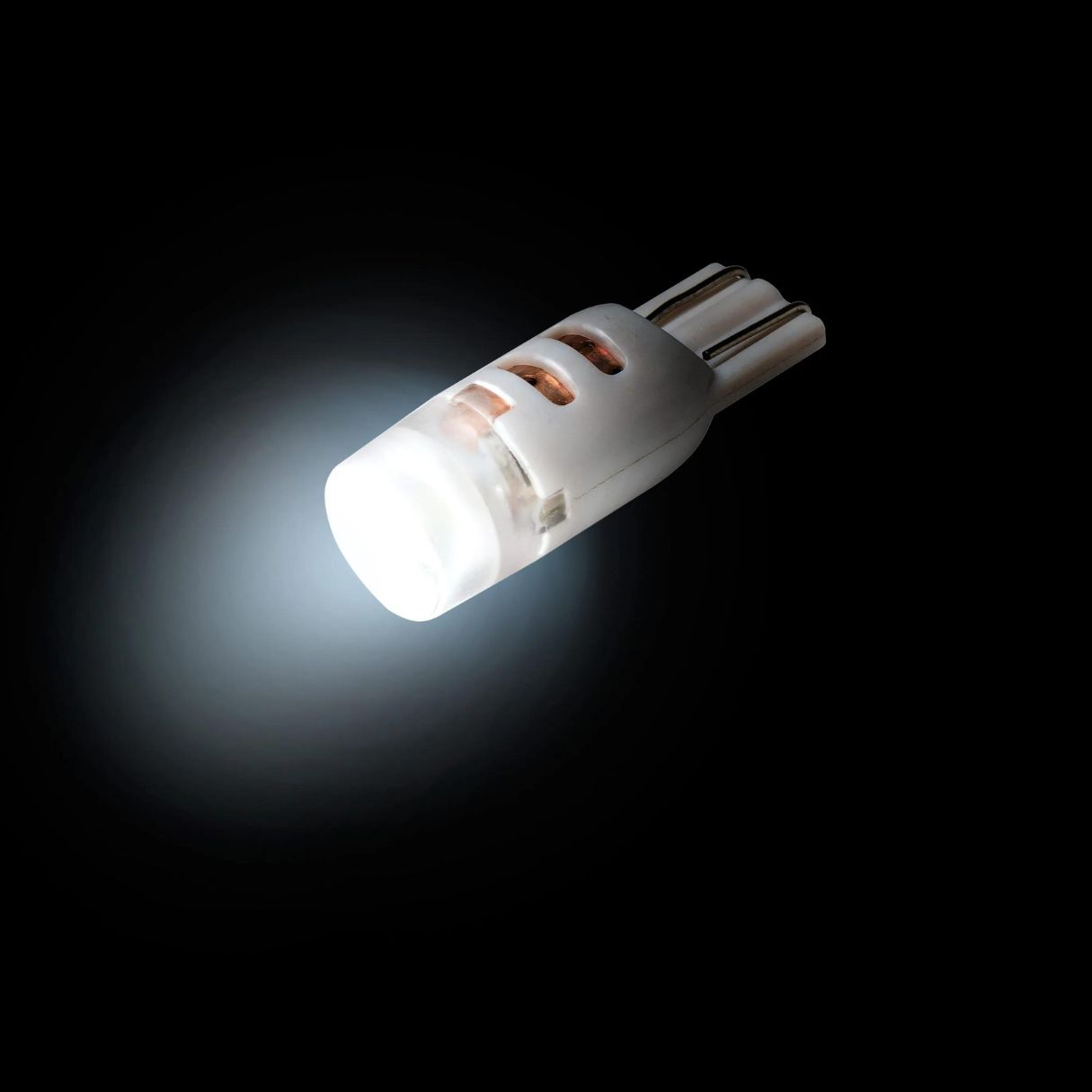

Articles
Which Light Bulb Is White
Modified: December 7, 2023
Discover the best articles about which light bulb is white. Get expert insights and find out the right light bulb for your needs.
(Many of the links in this article redirect to a specific reviewed product. Your purchase of these products through affiliate links helps to generate commission for Storables.com, at no extra cost. Learn more)
Introduction
When it comes to choosing the right light bulb for your home or office, there are many options available on the market. From traditional incandescent bulbs to energy-saving LED bulbs, each type has its own unique characteristics and benefits.
One of the primary considerations when selecting a light bulb is the color of the light it emits. While some people prefer warm, yellowish lighting, others prefer a brighter, whiter light. In this article, we will explore different types of light bulbs and discuss which ones provide a white light.
Before diving into the details, it’s important to understand that the color of light is measured on the Kelvin (K) scale. Lower Kelvin values represent warm, yellow light, while higher Kelvin values correspond to cooler, whiter light. Now, let’s explore the various types of light bulbs and discover which ones emit a white light.
Key Takeaways:
- LED bulbs are the top choice for achieving a bright, white light with energy efficiency, long lifespan, and environmental friendliness. They offer flexibility in color temperature and are suitable for various lighting applications.
- While CFL bulbs provide a bright, white light, they have drawbacks such as warm-up time and proper disposal requirements. LED bulbs outshine other options with their energy efficiency, long lifespan, and bright, white light similar to daylight.
Read more: What Is Soft White Light Bulb
Incandescent Light Bulbs
Incandescent light bulbs have been around for over a century and are the traditional choice for lighting in many homes. However, they are not known for emitting a bright, white light. Incandescent bulbs produce a warm, yellowish glow due to the way they work.
Inside an incandescent bulb, there is a filament made of tungsten that heats up when an electric current is passed through it. As the filament heats up, it emits light. The color of the light is determined by the temperature of the filament. Incandescent bulbs typically have a color temperature of around 2700K to 3000K, which produces a warm, yellow light.
While incandescent bulbs are not ideal for achieving a bright, white light, they still have their advantages. They provide a soft and even light distribution, making them suitable for areas where a warmer ambiance is desired, such as living rooms and bedrooms. Additionally, incandescent bulbs render colors accurately, making them a popular choice in photography studios or retail spaces where color accuracy is crucial.
It’s important to note that incandescent bulbs are not as energy-efficient as newer alternatives. They consume more electricity and have a shorter lifespan compared to LED or CFL bulbs. Therefore, they are gradually being phased out in many countries in favor of more energy-efficient lighting options.
Compact Fluorescent (CFL) Bulbs
Compact fluorescent bulbs, or CFL bulbs, have gained popularity as energy-efficient alternatives to incandescent bulbs. These bulbs are known for their spiral or tubular shape and are often used in households and commercial settings.
CFL bulbs emit a white light that is closer to daylight compared to incandescent bulbs. They have a higher color temperature, typically ranging from 5000K to 6500K, which results in a cooler, whiter light. This makes CFL bulbs a popular choice for areas where bright and crisp illumination is required, such as kitchens, workspaces, and task-oriented environments.
These bulbs work by passing an electric current through a tube filled with argon gas and a small amount of mercury vapor. As the electric current flows, it excites the mercury vapor, which then emits ultraviolet (UV) light. The UV light interacts with a phosphor coating on the inside of the tube, causing it to glow and emit visible light.
While CFL bulbs offer energy savings and produce a bright white light, they do have some drawbacks. One significant disadvantage is their warm-up time. CFL bulbs take a few moments to reach their full brightness, especially in colder temperatures. This delay in illumination may not be suitable for areas where instant light is required, such as hallways or bathrooms.
Additionally, CFL bulbs contain a small amount of mercury, which makes their disposal more complex. It is essential to handle and recycle CFL bulbs properly to prevent environmental contamination. It is worth noting that newer CFL bulb models have reduced mercury content, making them safer to use and dispose of.
Overall, CFL bulbs are an excellent choice for achieving white light and energy efficiency. However, with the rise of more advanced lighting options, such as LED bulbs, CFL bulbs are becoming less commonly used in recent years.
Look for light bulbs labeled “daylight” or “cool white” for a whiter light. These bulbs have a color temperature of around 5000-6500 Kelvin, which gives off a bright, white light.
Light Emitting Diode (LED) Bulbs
Light Emitting Diode (LED) bulbs have revolutionized the lighting industry with their energy efficiency, long lifespan, and versatility. These bulbs are known for their ability to produce a bright, white light while consuming significantly less energy than traditional incandescent bulbs.
LED bulbs use a semiconductor to emit light when an electric current is applied. The color of the light is determined by the materials used in the semiconductor. LED bulbs offer a wide range of color temperatures, allowing users to choose the exact shade of white light they prefer.
For those seeking a bright, white light similar to daylight, LED bulbs with a color temperature of around 5000K to 6500K are the ideal choice. These bulbs emit a cool, crisp light that is perfect for any space where clarity and visibility are essential, such as offices, study areas, and retail displays.
LED bulbs have several advantages over other types of lighting. Firstly, they are highly energy-efficient, consuming up to 80% less electricity than traditional bulbs. This not only saves on energy costs but also helps in reducing carbon emissions and contributing to a greener environment.
Secondly, LED bulbs have an incredibly long lifespan. They can last for tens of thousands of hours, significantly longer than incandescent or CFL bulbs. This means less frequent bulb replacements, making LED bulbs a cost-effective lighting solution in the long run.
In addition, LED bulbs are eco-friendly as they do not contain harmful substances such as mercury. This makes their disposal easier and less harmful to the environment. LED technology also allows for dimmable options, giving users more control over the intensity and ambiance of their lighting.
LED bulbs come in various shapes, sizes, and configurations, making them suitable for a wide range of lighting applications. Whether it’s replacing traditional bulbs in table lamps, installing recessed lighting fixtures, or illuminating outdoor spaces, LED bulbs provide the flexibility to achieve the desired white light in any setting.
Due to their many advantages, LED bulbs have become the go-to choice for individuals and businesses looking for energy-efficient, long-lasting, and high-quality lighting that emits a bright, white light.
Halogen Bulbs
Halogen bulbs are another option when it comes to achieving a white light in your lighting fixtures. These bulbs are similar to incandescent bulbs in terms of their operation but offer some distinct advantages.
Halogen bulbs work by passing an electric current through a tungsten filament enclosed in a small glass envelope filled with a halogen gas, such as iodine or bromine. The halogen gas helps to regenerate the tungsten filament, allowing it to last longer and operate at higher temperatures.
One of the main benefits of halogen bulbs is their ability to emit a bright, white light. While incandescent bulbs produce a warm, yellow light, halogen bulbs have a color temperature between 3000K and 5000K, providing a whiter and cooler illumination.
The higher color temperature of halogen bulbs makes them well-suited for applications where a brighter, crispier light is desired. This makes them popular choices for task lighting in areas such as kitchens, bathrooms, workshops, and display cabinets.
In addition to their white light output, halogen bulbs offer other advantages. They have a longer lifespan compared to traditional incandescent bulbs, making them more cost-effective in the long run. Halogen bulbs also provide excellent color rendering, making them ideal for places where accurate colors are essential, such as art galleries or retail spaces.
However, it’s important to note that halogen bulbs do have some drawbacks. They are not as energy-efficient as LED or CFL bulbs, consuming more electricity and producing more heat. This heat generation can make them hotter to the touch and less suitable for delicate or heat-sensitive applications.
Furthermore, halogen bulbs have a shorter lifespan compared to LED bulbs. While they last longer than incandescent bulbs, they still need to be replaced more frequently, which can add up in terms of maintenance and replacement costs.
Overall, halogen bulbs are a viable option for achieving a bright, white light in your space. They offer good color rendering and are suitable for task lighting applications. However, their lower energy efficiency and shorter lifespan compared to LED bulbs make them less popular choices in recent years.
Read more: How To Know Which Light Bulb To Buy
Conclusion
When it comes to choosing a light bulb that emits a white light, there are several options available, each with its own characteristics and benefits. Let’s recap what we’ve learned about the different types of light bulbs.
Incandescent bulbs, while not known for their white light, provide a warm, yellowish glow that can create a cozy ambiance in living spaces. However, they are less energy-efficient and have a shorter lifespan compared to newer alternatives.
CFL bulbs offer a bright and white light, making them a suitable choice for areas that require crisp illumination. They are energy-efficient but have a warm-up time and require proper disposal due to the presence of mercury.
LED bulbs are highly energy-efficient, long-lasting, and provide a bright white light similar to daylight. They offer flexibility in terms of color temperature and are environmentally friendly. LED bulbs have become increasingly popular due to their many advantages.
Halogen bulbs produce a white light with a higher color temperature, providing brighter and crisper illumination. They offer good color rendering but are less energy-efficient and have a shorter lifespan compared to LED bulbs.
Ultimately, the choice of which light bulb to use depends on your specific lighting needs, preferences, and budget. If energy efficiency and long lifespan are a priority, LED bulbs are the clear winner. However, CFL bulbs can also provide a bright, white light at a lower cost. Incandescent bulbs and halogen bulbs can still serve a purpose in certain applications where a warm or bright light is desired, but they are gradually being phased out.
By considering the color temperature, energy efficiency, lifespan, and specific lighting requirements, you can make an informed decision about which light bulb will best suit your needs and enhance the ambiance of your space. Whether it’s a cozy, warm glow or a bright, white light, there’s a bulb out there that can create the perfect atmosphere for any room.
Frequently Asked Questions about Which Light Bulb Is White
Was this page helpful?
At Storables.com, we guarantee accurate and reliable information. Our content, validated by Expert Board Contributors, is crafted following stringent Editorial Policies. We're committed to providing you with well-researched, expert-backed insights for all your informational needs.
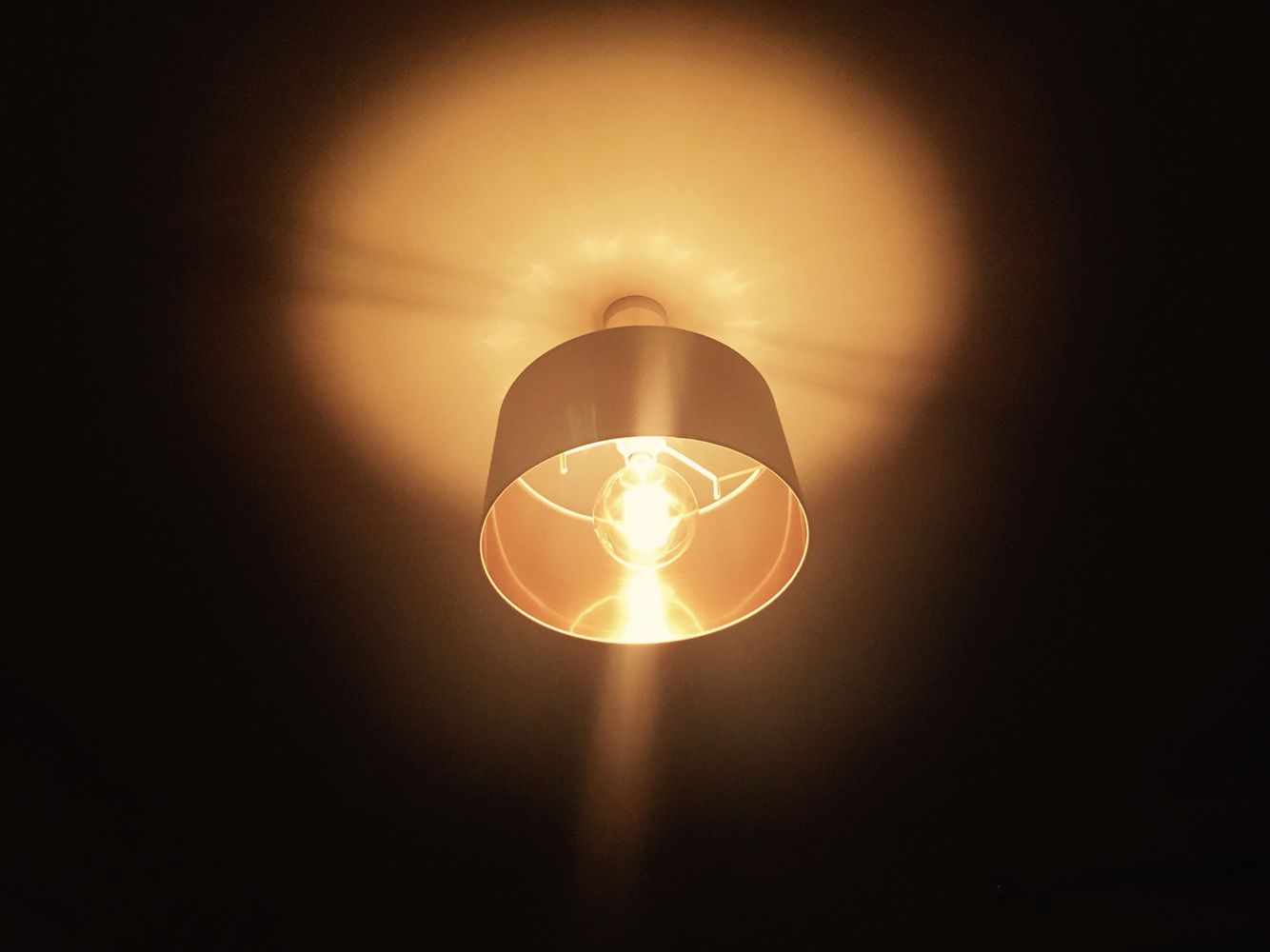
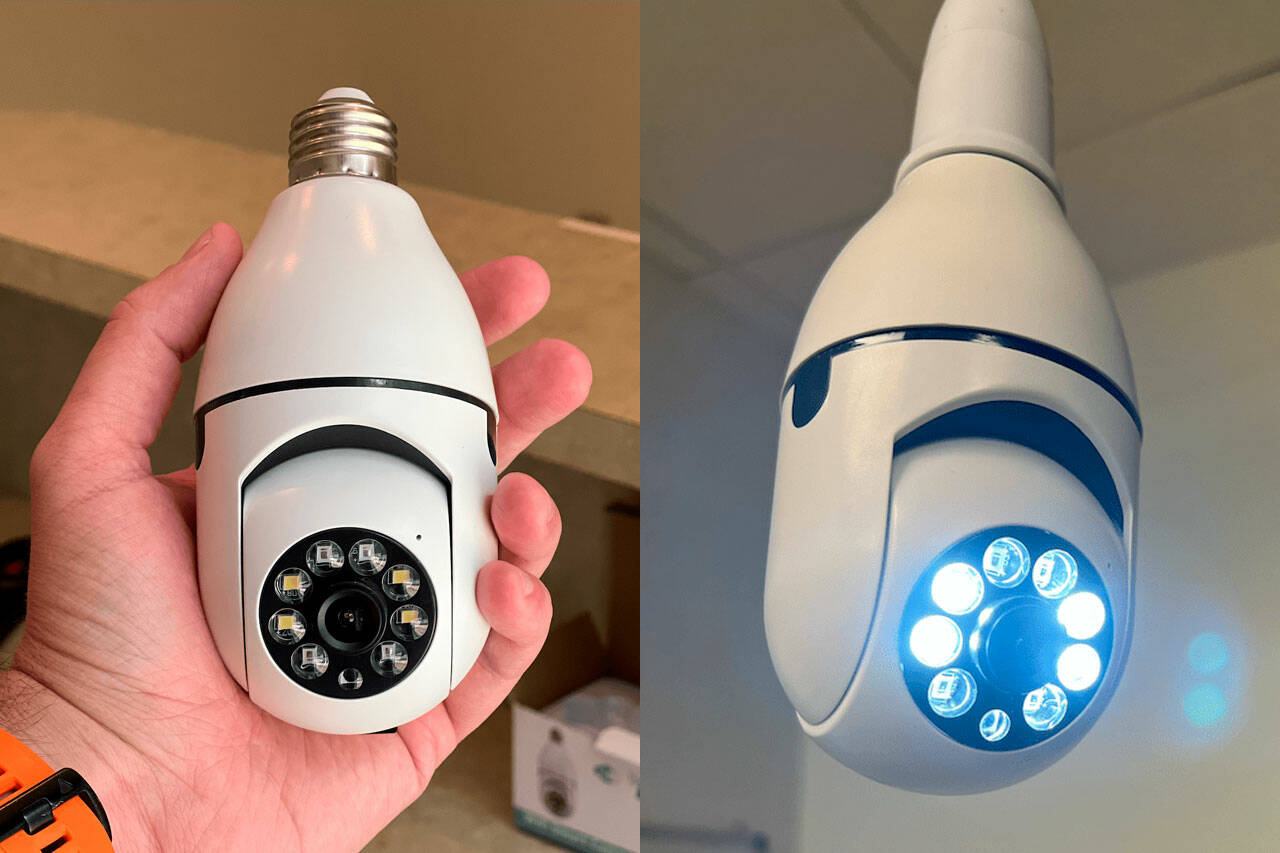
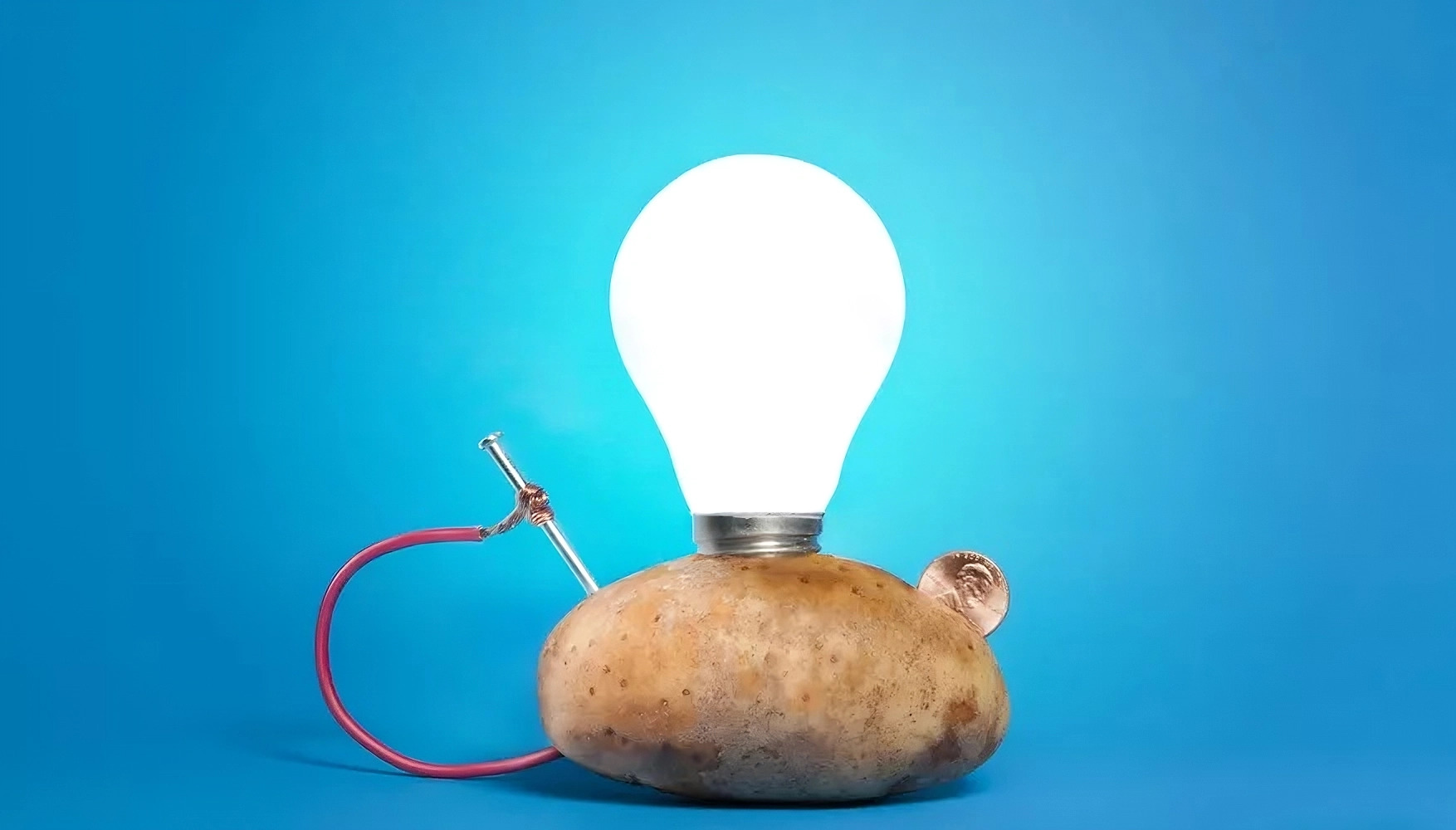

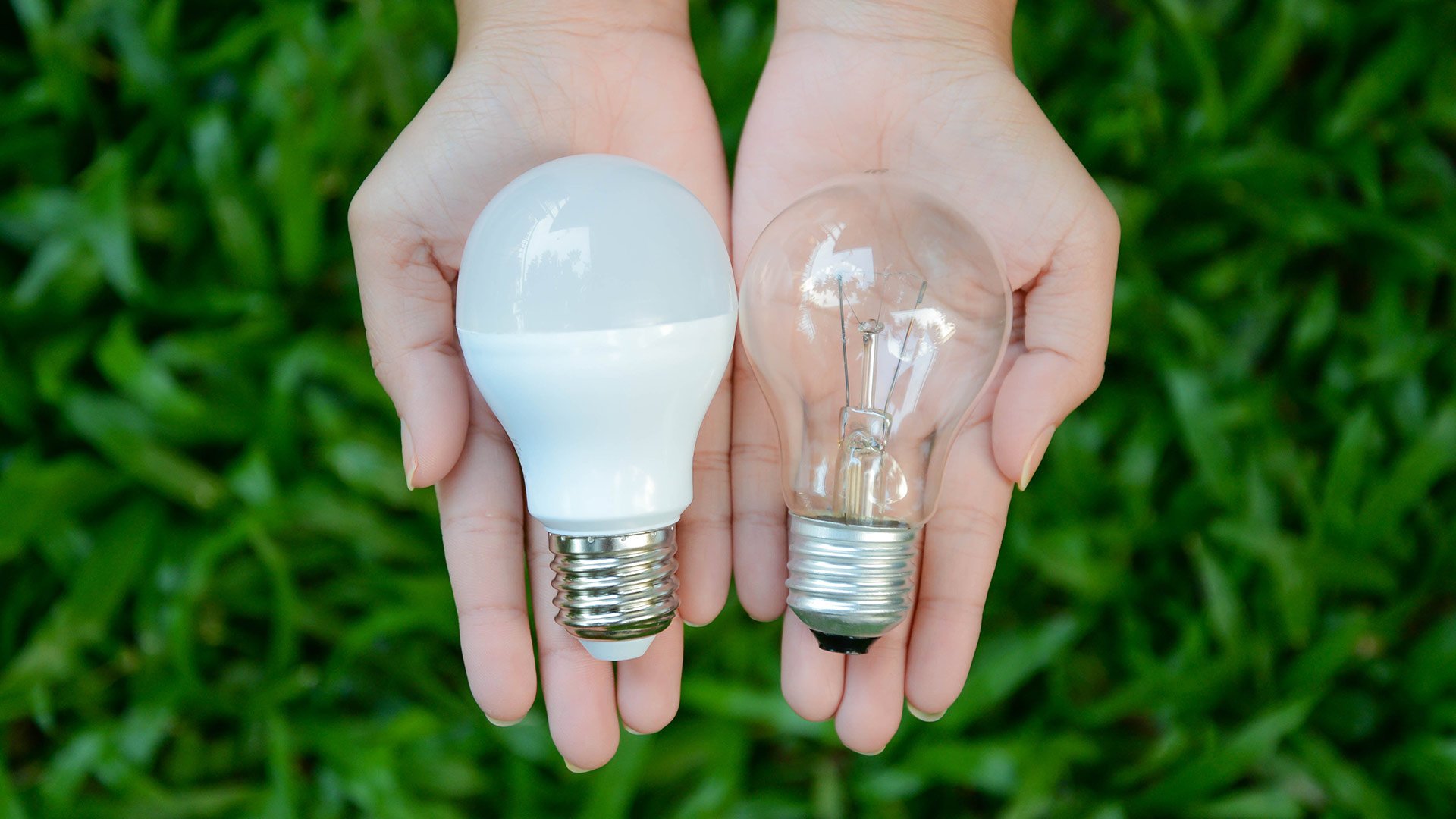
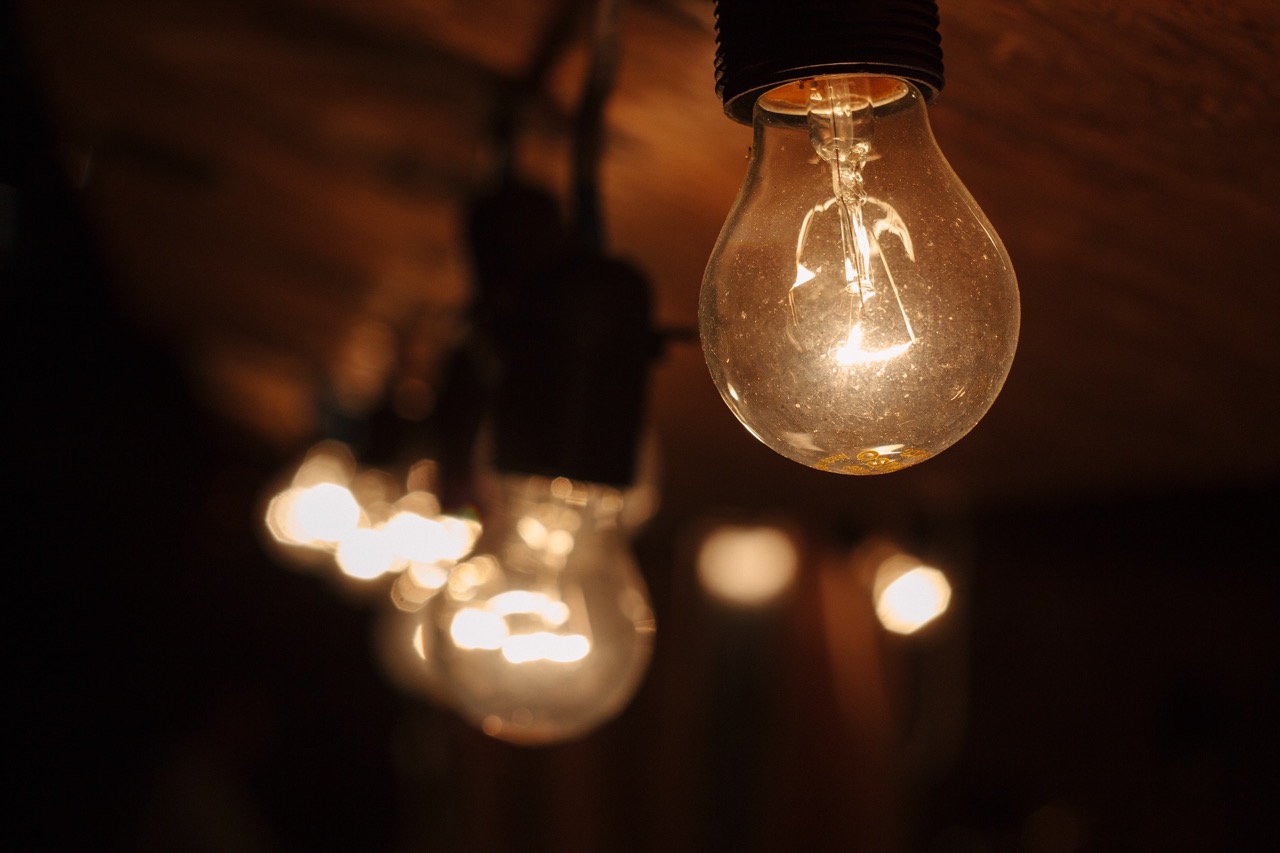
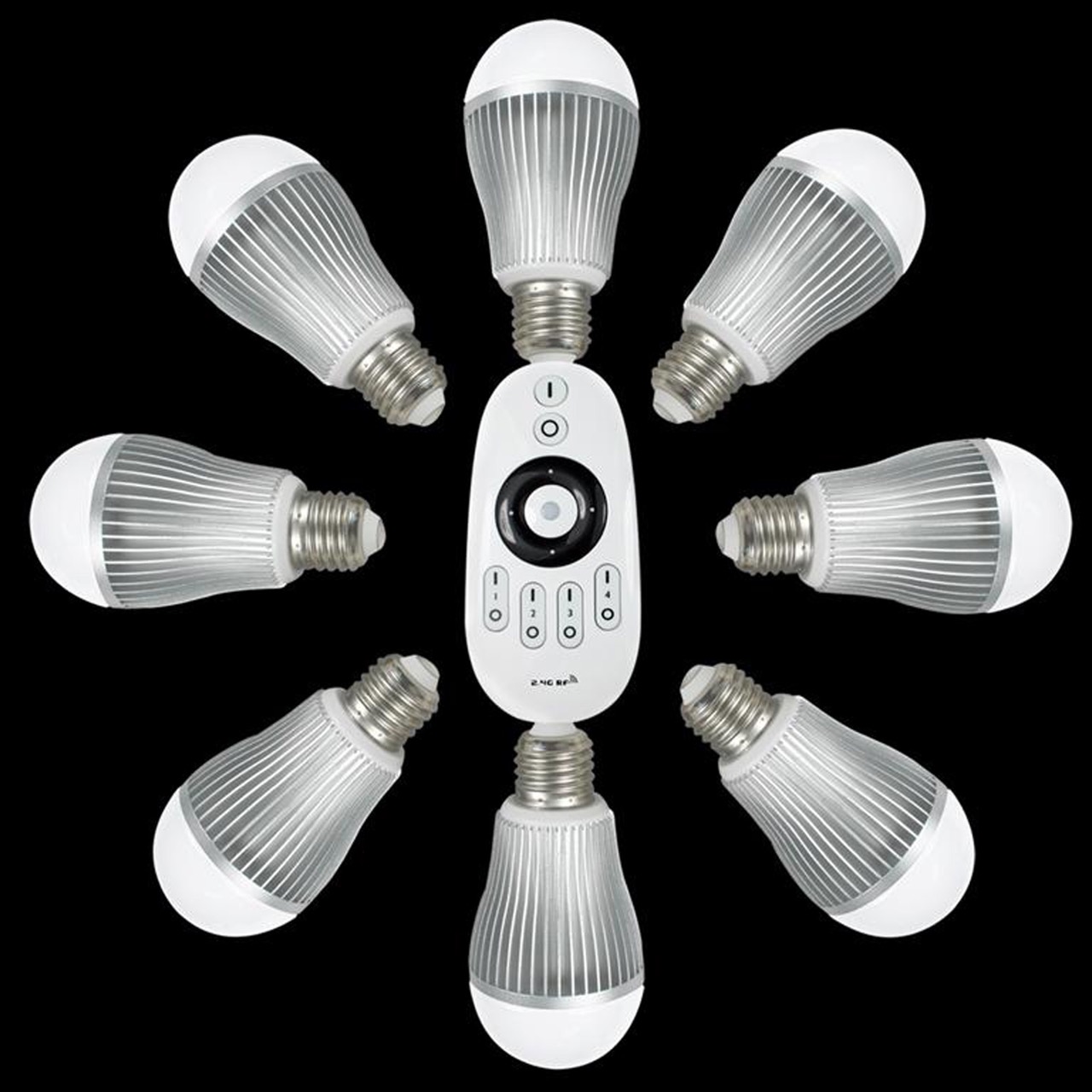
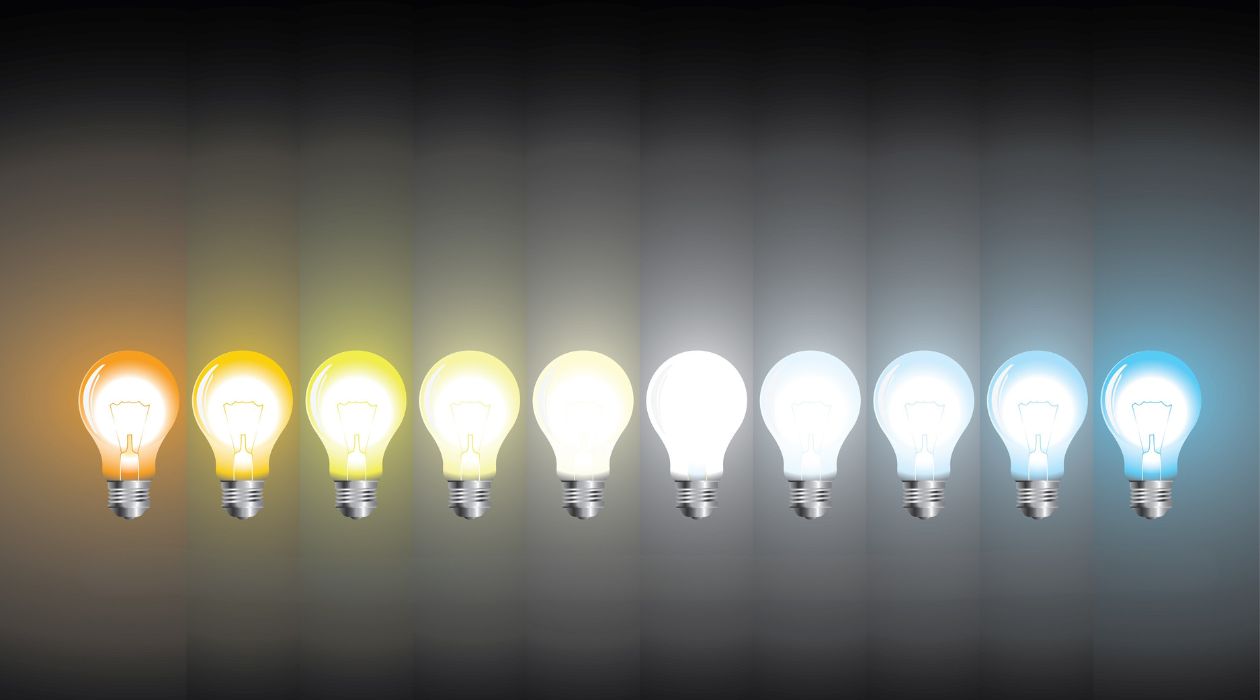
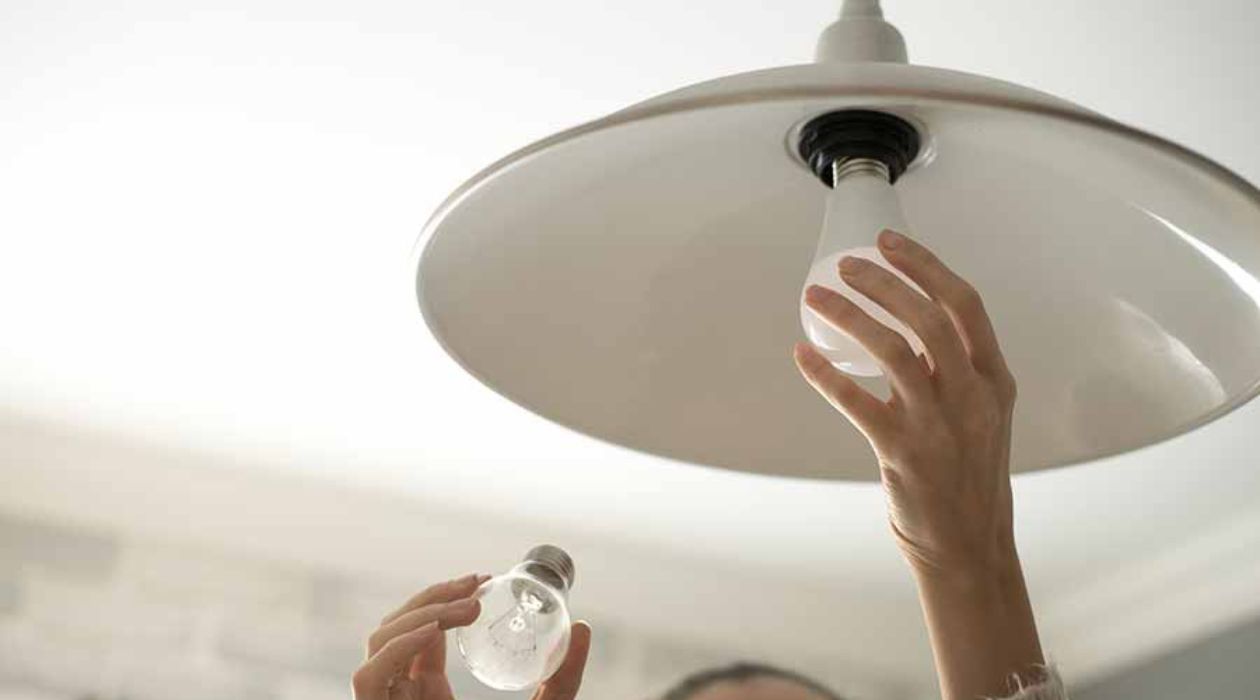
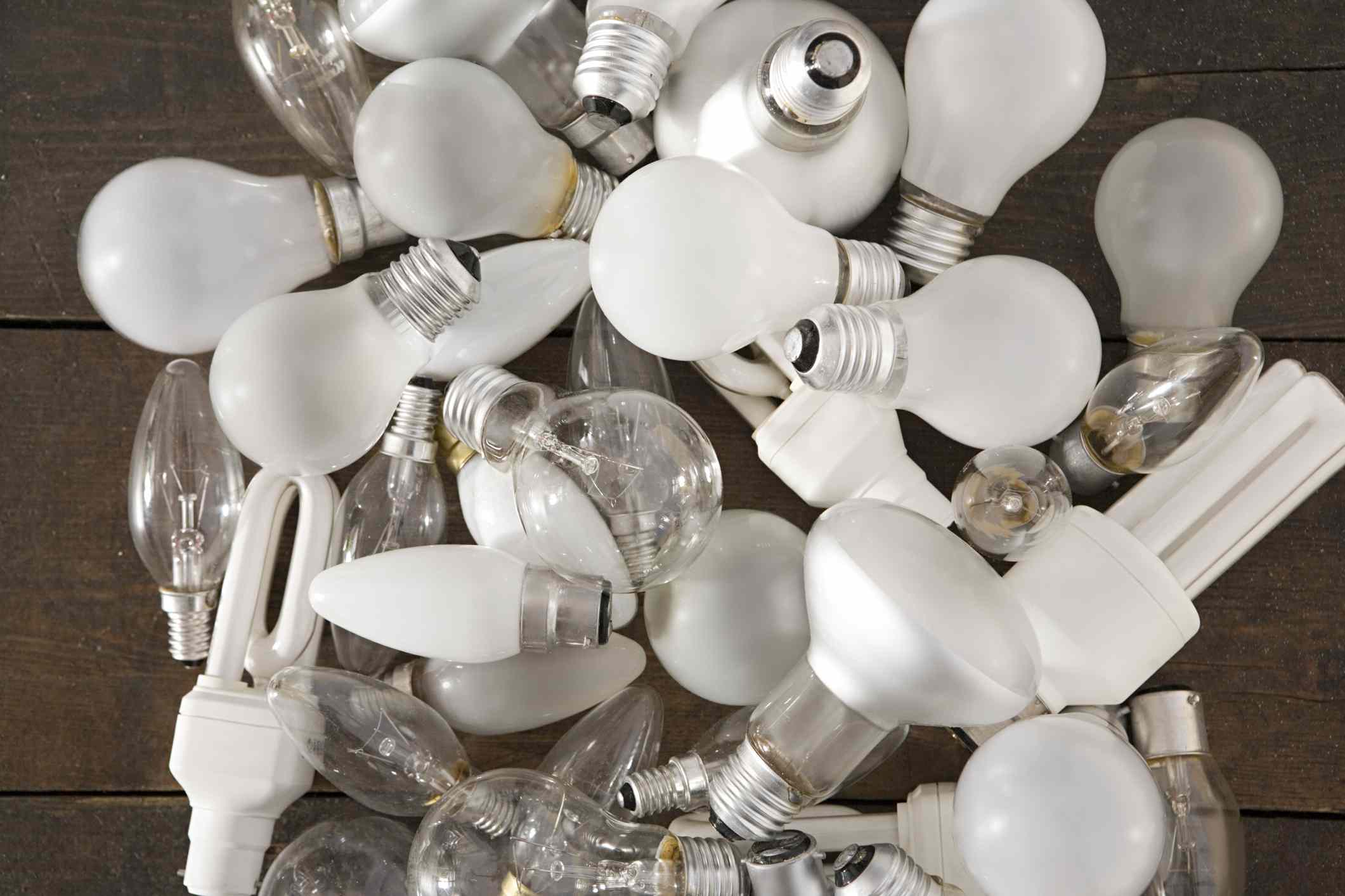
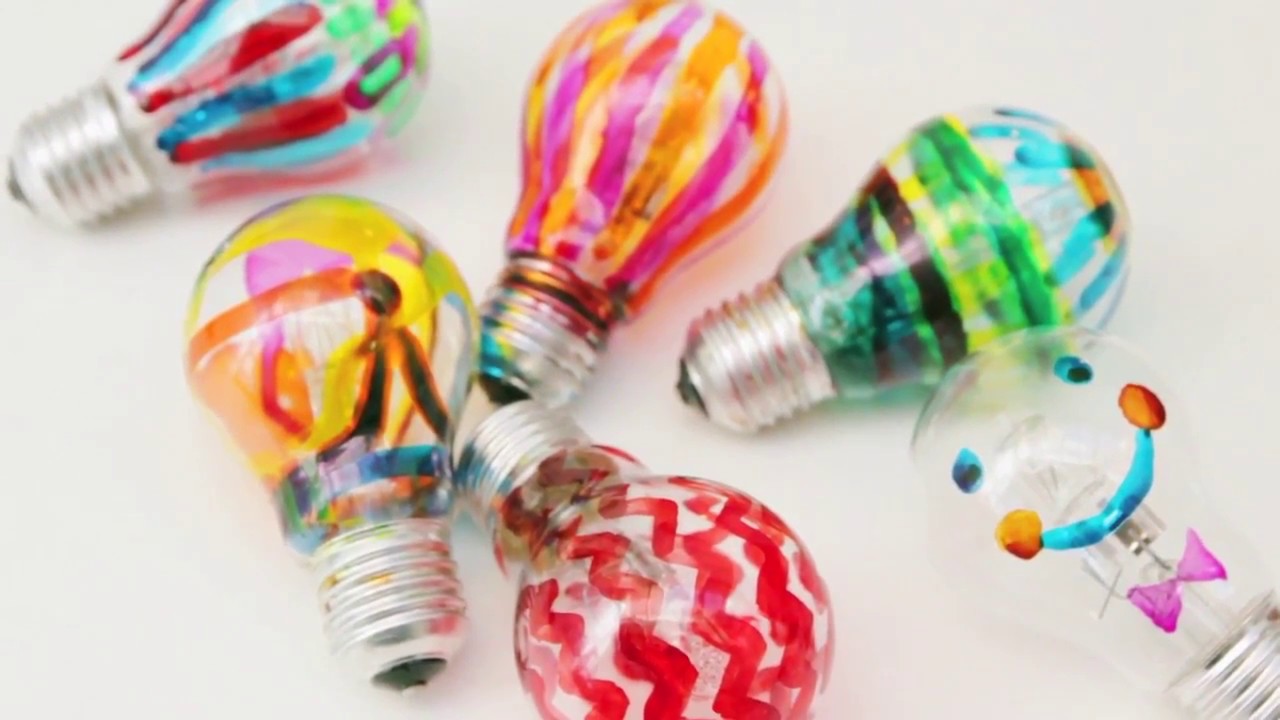
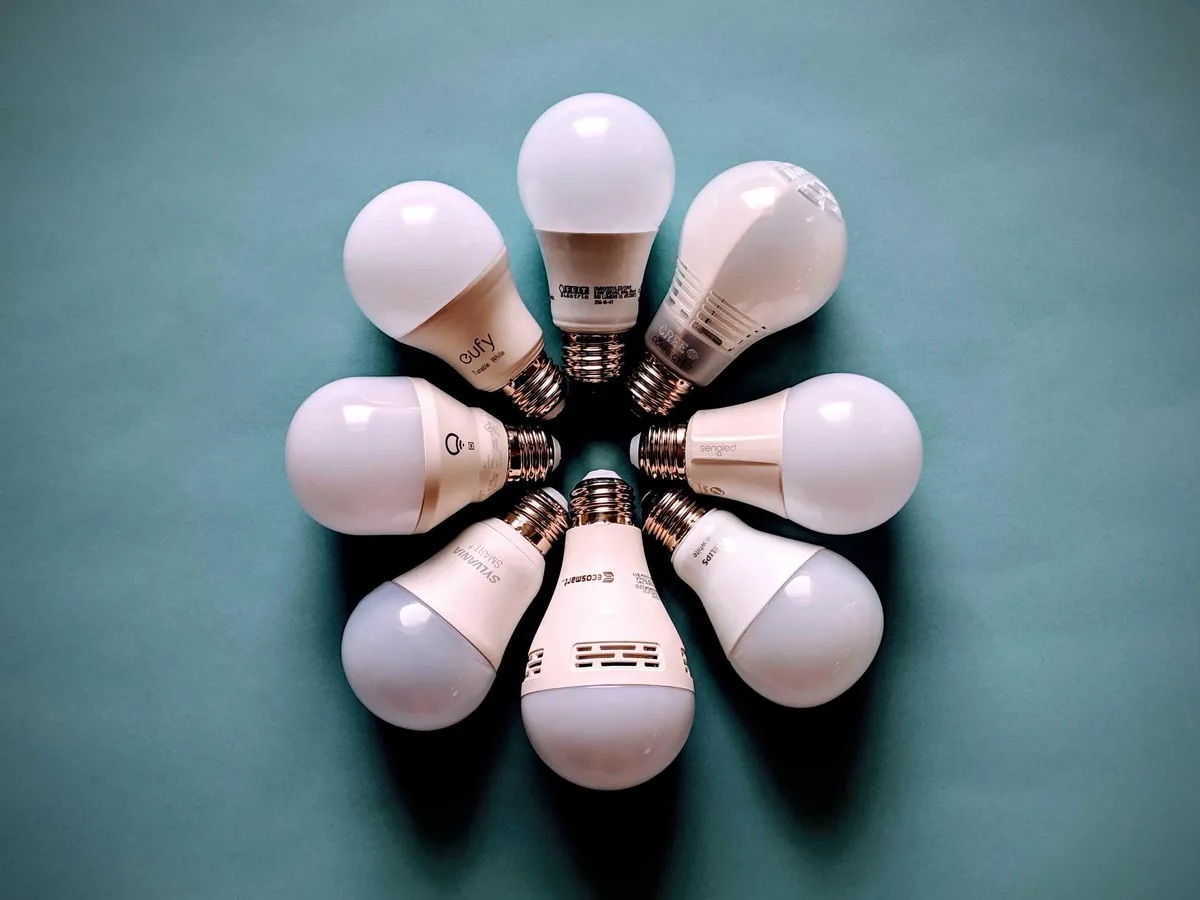
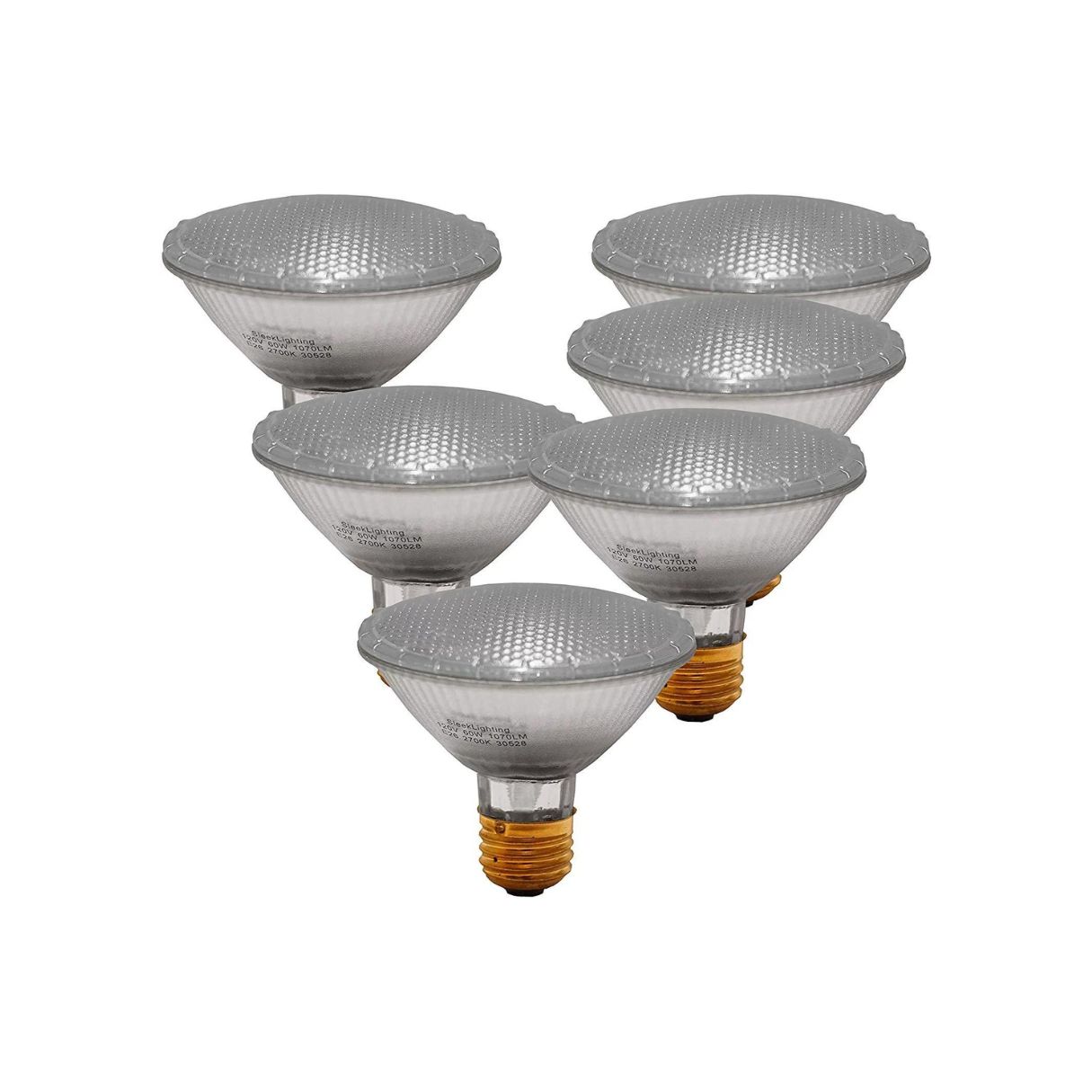
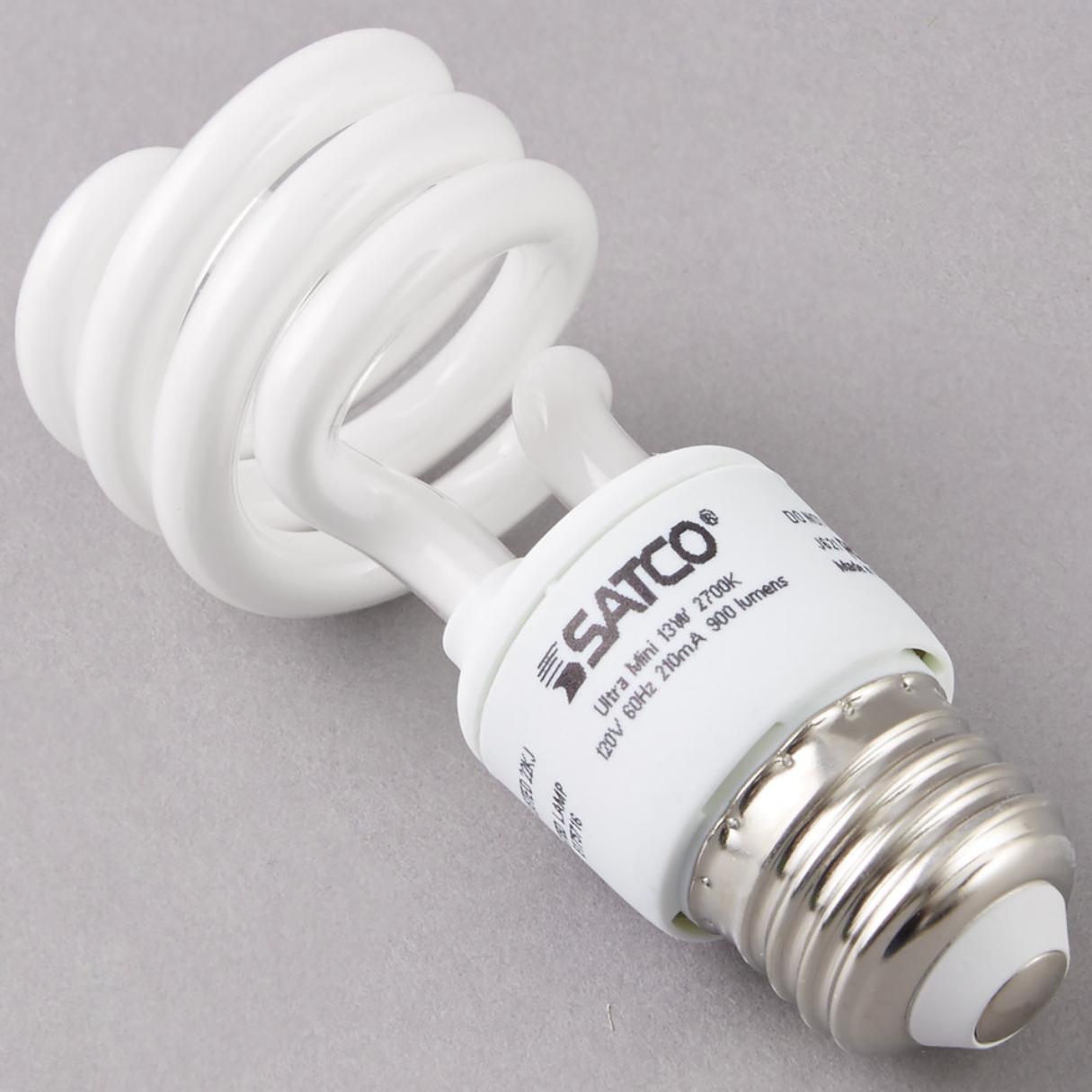

0 thoughts on “Which Light Bulb Is White”